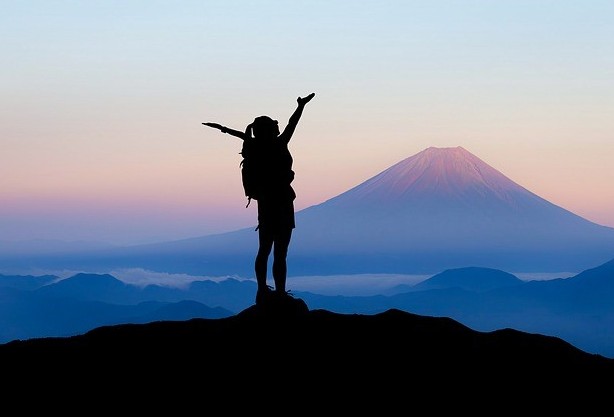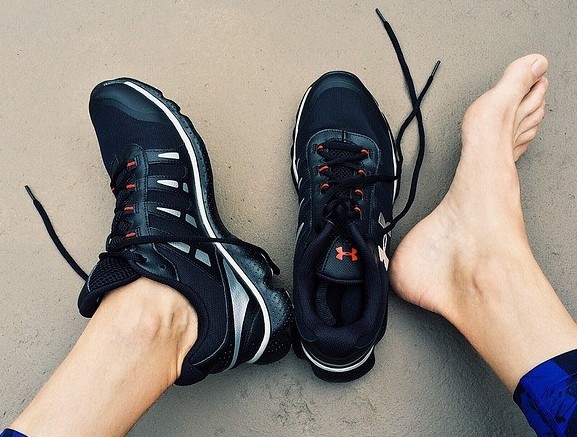
Blister Prevention For Running

Blisters are those annoying little discomforts that can put a dampener on our running enjoyment. While generally not big enough of a problem to require our full attention, if not treated correctly they have the ability to side-line us altogether. The following article covers causes, treatment and blister prevention for running.
CAUSES
Blisters occur for three main reasons:
- Friction
- Heat
- Moisture
This can be further exacerbated by foot abnormalities such as bunions, heel spurs and hammertoes. Heat and moisture contribute to foot swelling which also intensifies friction. 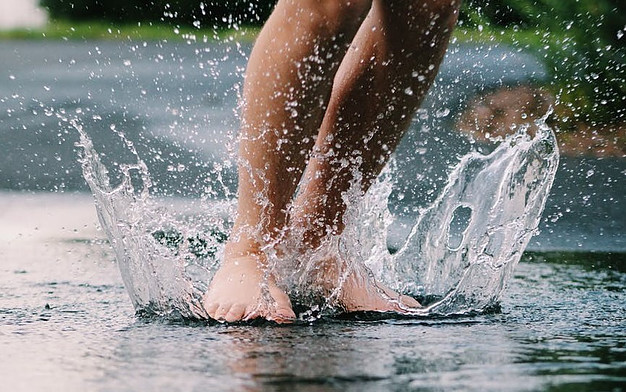
Friction/Chafing:
When running for any length of time friction on certain parts of the feet and toes is going to occur. What makes this worse and more likely to develop into a blister is when there is not a smooth barrier between the foot and the shoe (eg. a quality, well fitting sock) or the shoe is ill-fitting creating too much friction or excessive movement with each stride.
Another major cause for a blister to develop is debris such as small rocks and twigs getting into the shoe and causing a pressure point and rub spot. Very small debris is enough for this to happen. Having a shoe that is snug around your ankle or wearing shoe gaiters will help eliminate this problem.
Heat:
With friction comes heat. The combination of friction, heat & moisture is a perfect recipe for a blister to develop.
Moisture:
Moisture is going to occur due to sweat and also if you run through puddles or wet areas and of course if it rains out on your run. Moisture will wrinkle your skin, changing if from a smooth surface to an uneven one and thereby increasing the friction. Moisture and heat also provide an environment that yeast and bacteria LOVE – hello smelly feet!
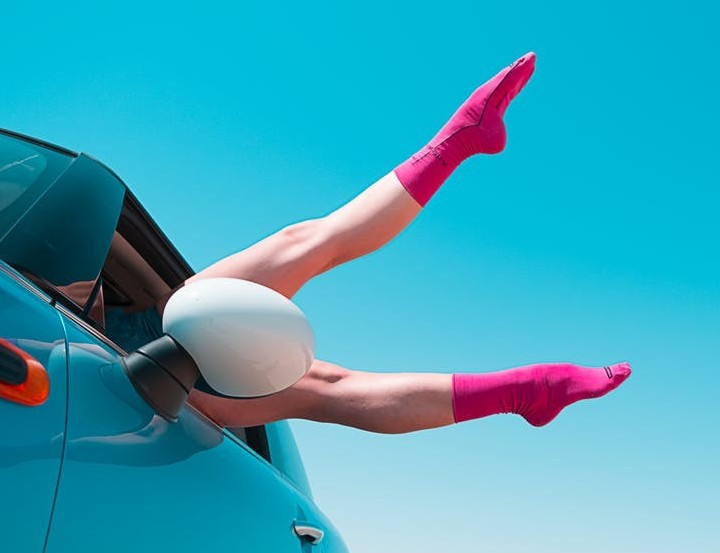
Prevention is Better than Cure: Sock it to Me!
Not all socks are created equal. When thinking about blister prevention we need to look at which socks help avoid friction, heat and moisture build-up.
Socks should be moisture-wicking and made of a lightweight cushioning material. They should fit snugly to your foot and not have obvious or raised seams that will create a friction point themselves. A smooth, friction-free material that dries quickly and is super comfortable is ideal.
What is wicking? Moisture wicking uses capillary action to move liquid through tiny spaces within the fabric. Fabrics either draw moisture inside the fibre (like wool) or draw moisture through the fibre to the outside of the fabric (eg. Synthetic fibres like Coolmax and Olefin).
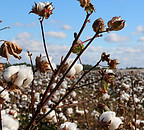
Fabric Options:
Cotton: Well bless your cotton socks, but cotton isn’t actually an ideal material for running. Cotton absorbs moisture well but soaks it throughout the entire material. It stays wet for a lot longer than other material and holds the moisture against your skin.
Synthetics: (Plastic, nylon, polyester). Generally speaking these unnatural fibres do not breathe well or absorb moisture. In saying that, there are specially manufactured synthetic blends that are designed to wick away moisture. These specialty types often incorporate anti-microbial properties to prevent bacterial growth.
Wool: a natural fibre which is highly absorbent. Wool draws moisture inside the fibre keeping the outer surface relatively dry. It also has natural insulating properties to keep you warm when it’s cold and cool when it’s hot (think of the job it does for the sheep). Often Merino is chosen for its superior absorption capability, antimicrobial properties and its soft texture.
Bamboo: 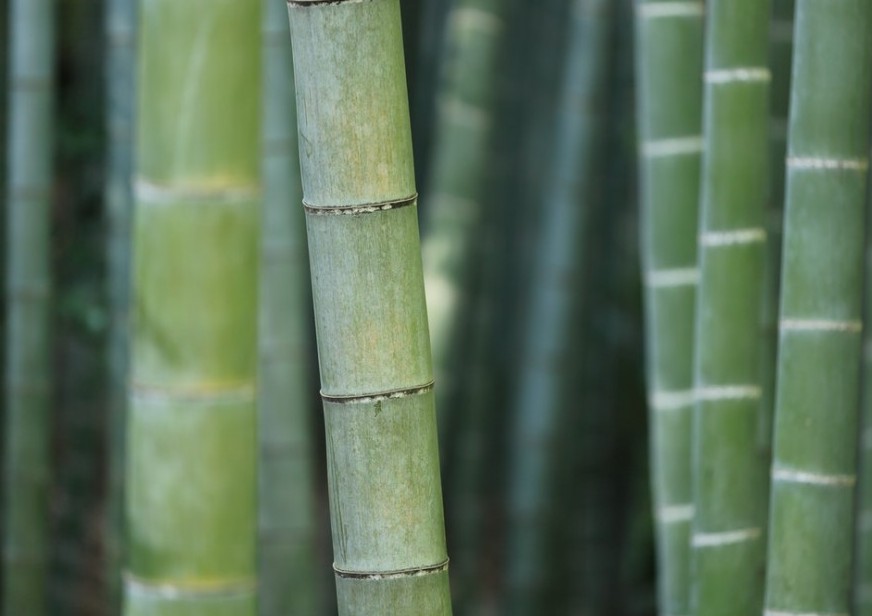
One of my favourite choices (I love anything bamboo, such an amazing plant!) Bamboo has amazing moisture wicking capabilities and is very absorbent. It is naturally antibacterial, antifungal and very soft. Bamboo is one of the most breathable materials around and also has great thermoregulation properties to keep you warm when it’s cold and cool when it’s hot. Being the most earth friendly fibre of all the sock options it is a clear winner for me.
The synthetic fabric blends designed for the specific purpose of moisture wicking and blister prevention tend to do a great job. Unfortunately these fabrics are made from petroleum based chemicals or petrochemicals and therefore in my opinion are not the ideal choice.
Blister Management 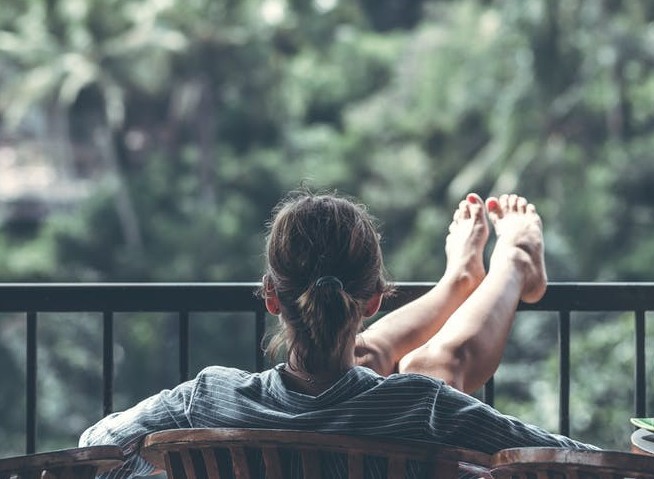
Of course prevention is better than cure, but if you do succumb to a blister there are a few ways to manage them to prevent infection and ensure a quick recovery.
Hotspots: heat, discomfort, redness developing in an area caused by friction/rubbing. These areas are usually pre blister areas and intervening at this point may avoid a blister developing.
- If you’re out on the trail you can apply some tape to the area such as Leukotoape (if you happen to be out on a long adventure and are carrying a mini first aid kit).
- If this isn’t possible, even stopping for a break and taking your shoes and socks off can help. You can also make sure there is no sneaky debris hiding in your shoe causing the issue.
To Pop or Not to Pop
As a general rule its best not to pop a small blister. A blister has formed as a protective mechanism against the friction. The fluid is protecting the inflamed tissue and allowing new skin to form. However, if it is large, annoying or likely to burst anyway you can intervene (with care).
Tips on Bursting that Bubble 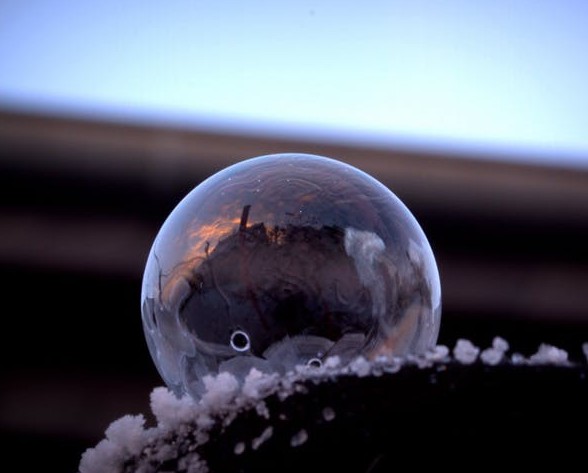
- Wash your hands thoroughly
- Use an alcohol wipe on the instrument you’re going to use (blade, pin) and over the blister and surrounding skin.
- Don’t use flame to sterilise the instrument as this can introduce carbon particles into the wound which will further irritate it.
- Pierce the edge of the blister and gently milk the fluid out
- Apply some anti-bacterial ointment and cover with a dressing to keep it clean and protected.
Note that popping blisters with a non-sterile instrument is the main cause for infection. Worst case scenario things can get really nasty and land you in hospital!
Let your feet air as much as possible during the healing period and avoid wearing shoes or wear open toed shoes.
Quick Tips and Insider Tricks
(Note some of these will work for some and not others)
- Wear well fitting shoes
- Invest in quality socks
- Never wear the same socks twice (seriously! The bacteria have been having a major party between runs)
- Take a spare pair of socks on really long runs
- Use foot powder or a lubricant like Vaseline
- Hot wash your socks to help eliminate bacteria
- Regularly wash your running shoes especially the insoles
- Try a sock liner (very individual on opinion on this one)
- Body Glide is a pro tip to prevent friction
- Diaper rash cream is another pro tip (makes sense!)
- Blister specific gel band aids are great for speeding up healing & providing comfort
My Experience
The number one thing I’ve learnt about blister prevention over the years is the importance of the right socks for me. It is kinda crazy to spend a lot of money on a great pair of runner’s and then skimp and buy some cheap and nasty socks. It makes sense to extend that investment to complete the set-up and comfort of your feet. While it’s not the sole (hehe) contributing factor it will go a long way in keeping you out there enjoying the trail.
If you have any other tips or tricks, or blister horror stories, we would love to hear them! Please feel free to drop a comment below.
Happy Trails!
Lisa
